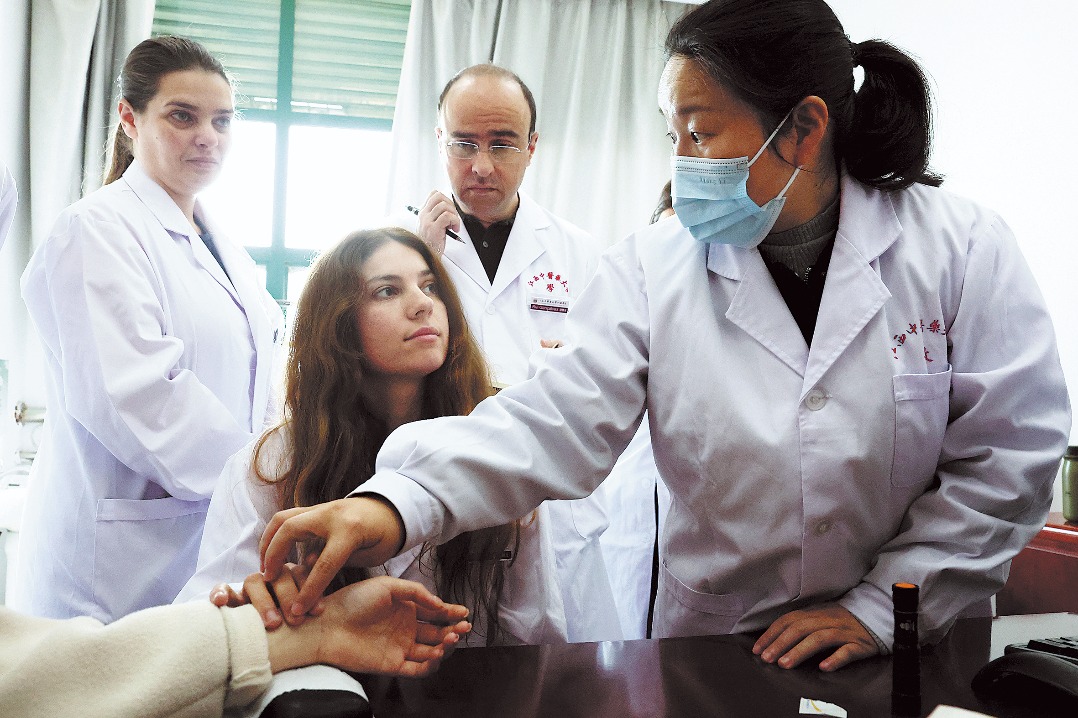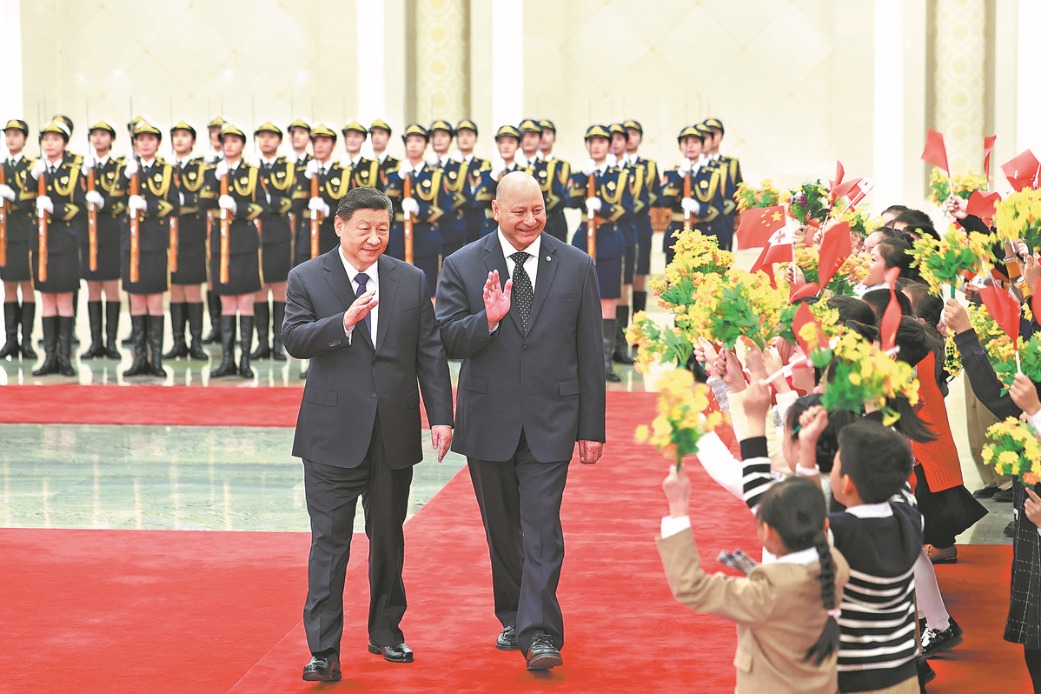Ancient treasures live through youth creativity

On Oct 22, the Capital Museum in Beijing launched the exhibition Radiance: Ancient Gold Ornaments from the Collection of the Hong Kong Palace Museum. Within days, photos and videos of the artifacts flooded social media. Interestingly, these striking images were not taken by professional photographers, but by young enthusiasts of cultural relics.
In recent years, museum visits have become an increasingly popular trend among Chinese youth, who have found innovative ways to bring cultural heritage beyond museum walls and into the public spotlight.

When Radiance: Ancient Gold Ornaments from the Collection of the Hong Kong Palace Museum opened in Beijing, I was in the United States attending a training program and, regrettably, could not experience it in person. Yet within only a few days, my social media feeds were filled with photos and short videos taken by young visitors. Thanks to these posts, I was able to "visit "the exhibition after all — vividly and intimately.
In fact, I am one of those enthusiastic "ambassadors" for heritage artifacts myself. My journey began in 2016, when the documentary, Masters in the Forbidden City, entered the palace's hidden corners, revealing the daily work and quiet dedication of restoration experts — showing a side of historical preservation few had seen before. It dawned on me then that these artifacts were not merely cold inventory numbers sealed away in storerooms, but living objects that had survived for millennia.
Inspired by this realization, I wanted to help bring history alive in my own way. The idea took hold in high school, when I came across a few striking photos online: the intricate carvings on ritual jade known as cong, and the faint fingerprints still visible on the Terracotta Warriors after thousands of years. Deeply moved, I picked up my camera, hoping that through my lens, others could see what I saw — allowing these museum relics to meet people around the world, across time and space.
Since then, I've been sharing the artifacts I photograph on social media. Six years have passed, and I've received countless messages: "I never knew these treasures could be this beautiful," or "I never realized how dazzling our civilization is." Many young people have also written to me saying that they, too, want to rediscover traditional culture in their own ways.
Today, this passion is evident across Chinese social media. A growing number of young people are using their creativity to "speak" for our heritage: some turn artifacts into magnets, some print them on hanfu (traditional Chinese attire), while others transform them into animated characters, restore them with AI, or adapt their stories into short dramas.
Through these fresh interpretations, ancient culture comes alive in the modern world.
Our love for historical treasures is not about returning to the past — it is about giving the past a future.
Written by Gui Haowen, 24, a student at Tsinghua University, cultural content creator, and artifact photographer. Born in Yangzhou, Jiangsu province, a city with a history of 2,500 years, she hopes to share the beauty of Chinese cultural relics with the world through a young person's perspective and help bring traditional culture to life.
Today's Top News
- Lai's actions reveal flattery of Japan and betrayal of Taiwan, mainland says
- Xi extends congratulations on Intl Day of Solidarity with Palestinian People
- Foreign biz circle bullish on China's opening-up
- Era of China being bullied long gone
- Hong Kong, Macao to get more support
- Emergency space mission accomplished






























